High and Low: New Doc Explores the Career and Scandals of Famed Designer John Galliano

John Galliano poses for a portrait in his Paris atelier wearing a double breasted Prince of Wales check suit, a white scarf and a black Trilby hat, in 2000. Photo: Derek Hudson/Getty Images
In the 1990s and aughts, British designer John Galliano, 63, took the runway to dizzying heights as the head of venerable French fashion house Dior. In the new documentary High and Low, Scottish filmmaker Kevin Macdonald charts the designer’s rise and fall and rise again after being convicted of racist and anti-Semitic public speech in 2011.
The documentary certainly has its flaws – much like its subject – but is thought-provoking on many levels and very much worth seeing. Through the lens of Galliano’s enablers and his ultimate downfall, Macdonald raises issues that go beyond one person’s story and offers a portrait of a toxic industry.
A recap: Acknowledged as one of the fashion’s most creative and controversial designers (and one of the leading talents of his generation), it all came crashing down for Galliano in February 2011 when a video surfaced showing him at a café near his Paris home hurling anti-Semitic tirades at fellow patrons.
Dior CEO Sidney Toledano (who is Jewish) denounced his behaviour, as did brand spokesmodel Natalie Portman (also Jewish), and he was swiftly suspended and, eventually, fired outright.
It’s not mentioned in the documentary but, besides the remarks themselves being disgusting – the original grainy footage of which opens the documentary – founding designer Christian Dior’s sister Catherine was a French Resistance fighter who was tortured and held at a series of concentration camps and later awarded the Croix de Guerre for heroism.
High & Low explores how much of Galliano’s coarse attitudes were latent, perhaps internalized from gay bullying and class consciousness, how much they were random and how much is down to vanity and self-importance. Here’s what we learned about Galliano and the fashion world he inhabits.
Galliano May Be the Napoleon of Fashion
It’s not only that he often dressed in a tricorne and suit like the French emperor to take his runway bow, but that ambition and a charismatic personality led him to the top of his profession. There’s no doubt that Galliano, born the son of a plumber in Gibraltar, is an immense and instinctive talent. Decades of runway spectacle attest to that. Throughout High & Low, many industry insiders reiterate that he is the most important and groundbreaking designer of his generation – but that’s long on hyperbole and short on context. You’d be forgiven for thinking he invented fashion whole cloth.
Hamish Bowles (editor in chief of Conde Nast-owned The World of Interiors and global editor-at-large of Vogue) heaps praise on the 1984 graduating collection, wherein Galliano translated the goth subculture zeitgeist into ten theatrical looks drawing on “Les Incroyables,” as the maverick youth of post-Revolutionary France were known. There is, however, no mention of Vivienne Westwood, who was already famously mining the extravagant 18th century, nor of the fact that other well-known London fashion designers like Stephen Linard, who recently died at the age of 65, had been channelling that same New Romantics style (a post-punk movement that emerged from nightclubs in the late 1970s) into ready-to-wear collections since at least 1980. Later, Anna Wintour enthusiastically credits Galliano’s all-black collection of FW1994 for the slip dress’s revival in that decade – when in fact it was Calvin Klein as well as Marc Jacobs’s infamous 1993 grunge collection at Perry Ellis.
What it obscures is Galliano’s dexterity with bias cut, taste for drama, and his innate sense of dramatic storytelling. He is a supreme stylist, yet his importance to the industry arguably lies in his taste for spectacle.
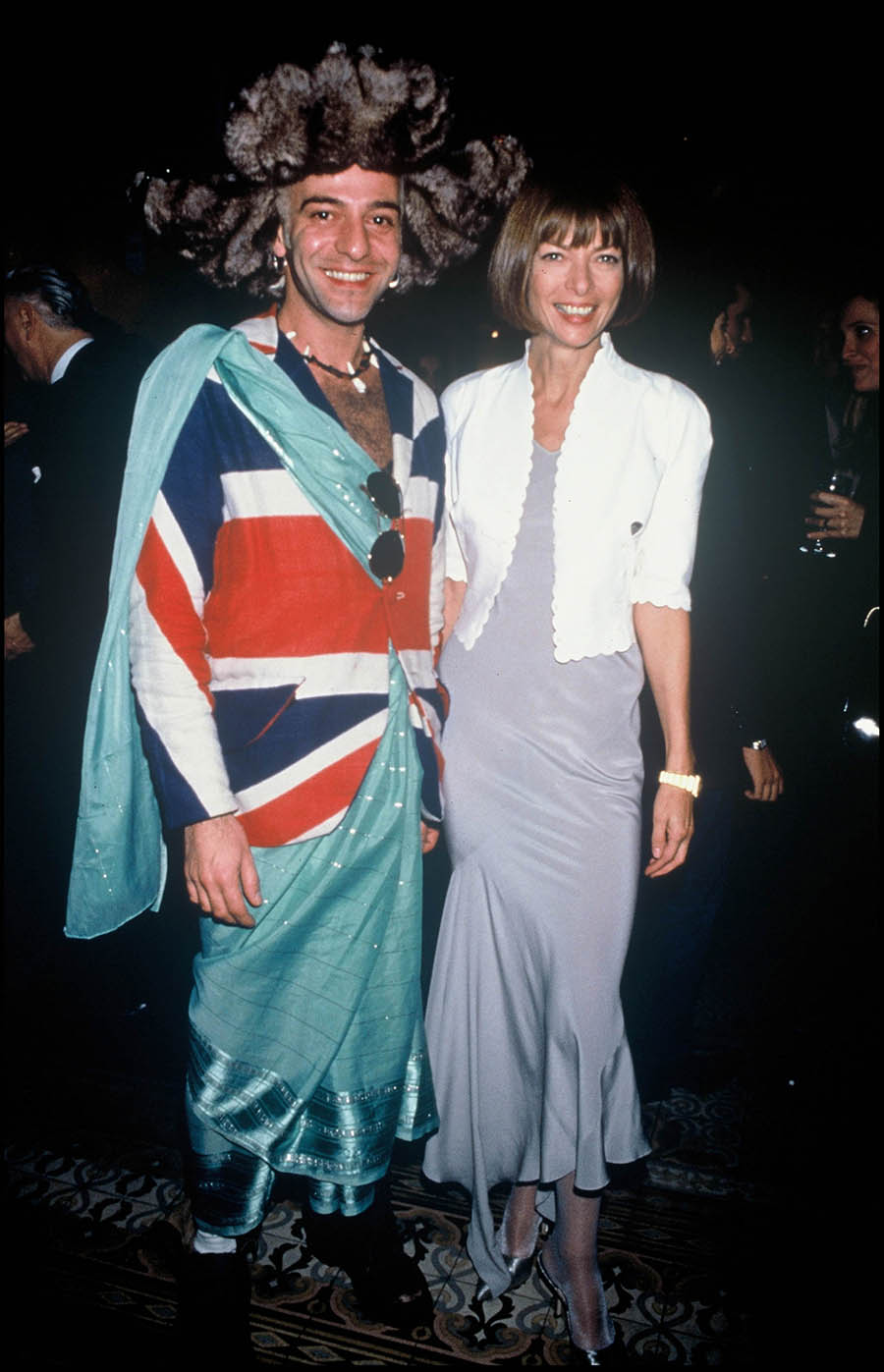
He Helped Usher in Fashion as Entertainment
The rise of fashion as entertainment in the late 1990s is likewise placed at Galliano’s feet, with no sense of the larger internet or 24/7 TV news channel landscape, or fashion peers who also contributed to it. Tom Ford’s revival of louche, ’70s-inspired sexiness revival at Gucci and Yves Saint Laurent, for example, was happening at the same time. Fellow working-class Central St. Martin’s grad and wunderkind Alexander McQueen is only mentioned in passing, because he died by suicide in 2010 as a result of both a long battle with depression and substance abuse arguably worsened by similar workplace pressures.
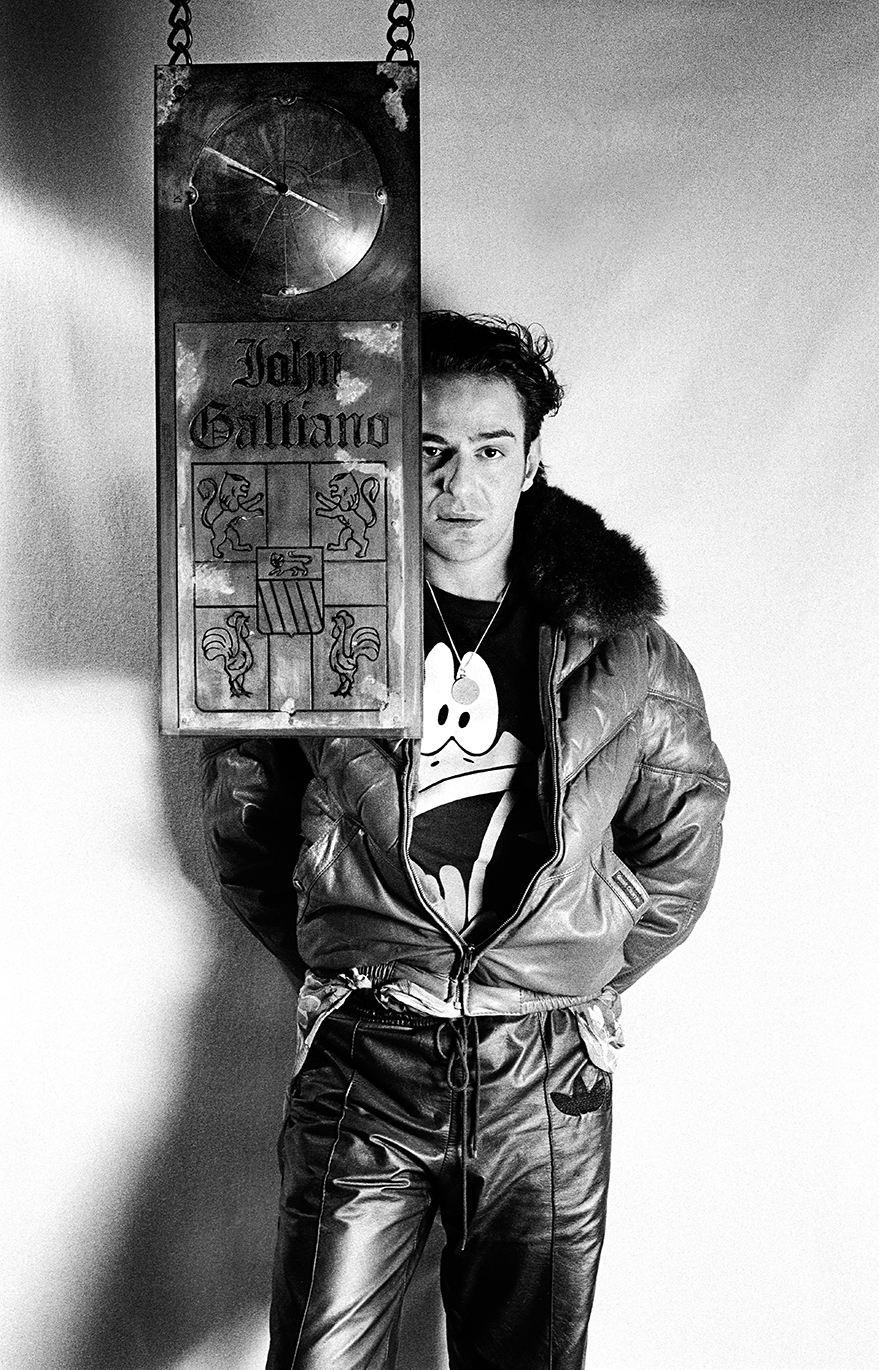
The documentary lens is firmly on Galliano, to the exclusion of anything within the luxury fashion industry context. It seems a glaring miss that Paris-based fashion critic Dana Thomas (who covered the anti-Semitic public speech case up close) is not among the dozens of original interviews featured here. As Thomas chronicles in Gods & Kings, her deeply-researched 2015 biography of Galliano and McQueen (which I reviewed), they were but the eye of a much larger storm, one that changed the fashion industry forever.
Given that the documentary’s reputational rehab relies on positioning Galliano as a product (even victim) of churn and unrealistic creative expectations in a heady new era of fashion shows as entertainment, authoritative commentary and context about the toll of creating relentless decadence would have been welcome.
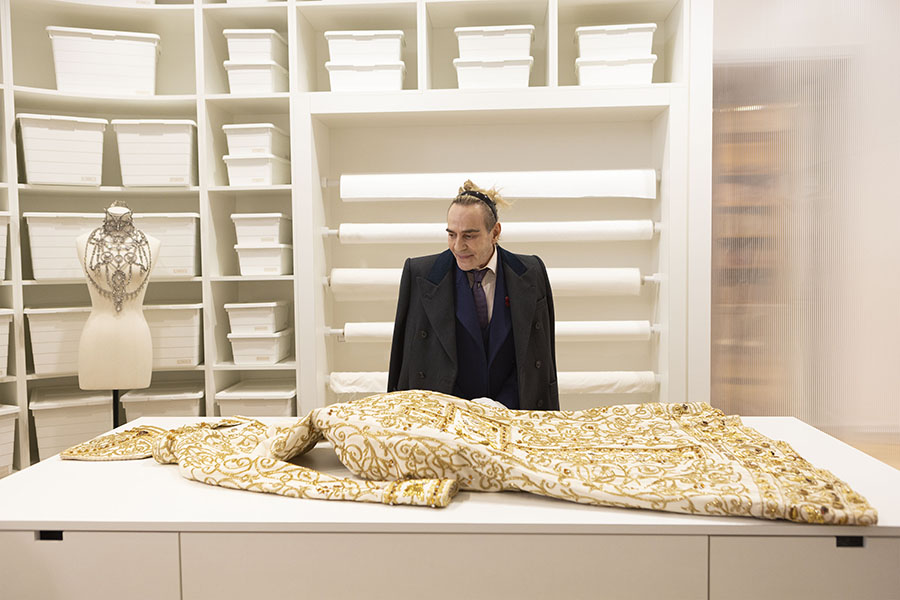
Fashion – and Fashion Designers – are Fickle
Perhaps the hyperbole is to make a case that profit-generating artistic genius is to be indulged; but hasn’t that notion been debunked by now? Filmmaker Macdonald (whose previous films include the acclaimed Marley, Whitney and The Last King of Scotland) insistently cuts in clips from Abel Gance’s Napoléon, the haunting 1927 silent masterpiece that made a strong impression on Galliano as a young student. That may be heavy-handed – but not wrong.
We learn, for example, how famous friends and fashion students worked gratis for the designer in his penniless period. As did supermodel pals like Kate Moss and Naomi Campbell, who rallied behind him, flew themselves to Paris and walked the show for free to help him get back on track when his extravagant collection shows didn’t translate into sales.
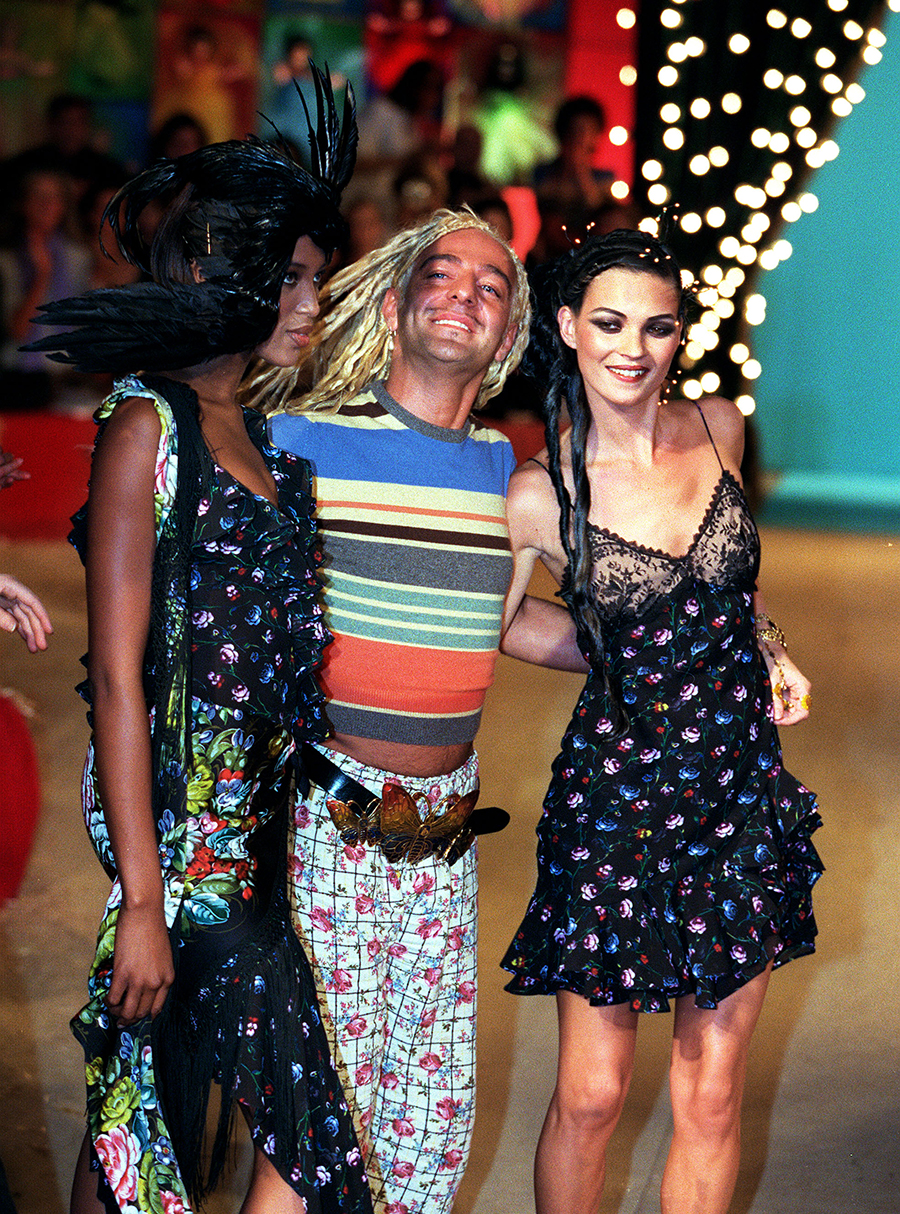
Instead of appreciating and repaying the goodwill after the 1994 triumph secured his entry into LVMH (Moët Hennessy Louis Vuitton), first at Givenchy then atop Dior, there’s no expense spared to indulge him. But that comes at the expense of others. Upon ascension to Dior, he cuts close friend and longtime collaborator Amanda Harlech, citing the venerable house’s budgetary constraints (then promptly takes one of his umpteenth expensive cultural research trips with his entourage).
We don’t hear from Harlech again – and that speaks to Galliano’s character, as does his treatment of long–suffering design assistant Steven Robinson. Robinson spent 20 years in the shadows and worked ceaselessly, propping up Galliano’s personal chaos and accommodating his whims (and mercurial studio hours), and then dropped dead in 2007, at 38, from cocaine-induced cardiac arrest.
It’s telling that the documentary presents Robinson from Galliano’s point of view, lamenting the weight of responsibility left in his absence. The film doesn’t explore Galliano’s culpability; instead he seems victimized by the inconvenience of Robinson’s death. (This reaction brings to mind Juliette Binoche’s take on Coco Chanel in The New Look.)
Galliano’s Powerful Champions and Allies
To wit: Attending the Met Gala back in 1996, newly-divorced Diana, Princess of Wales, wore one of the barely-there lingerie dresses (and carried a Lady Dior handbag) from Galliano’s debut Dior collection.
It’s also notable that the very last credits that appear on screen are Conde Nast Entertainment — the parent company of Vogue is one of the documentary’s main producers. After a brief stint in rehab, the public rehabilitation strategy began in earnest — Galliano weighs in on screen in both the recent The Super Models biographical mini-series and Manolo Blahnik documentary, and he was also a pundit in Vogue’s image-burnishing 2016 Met Gala doc The First Monday in May.
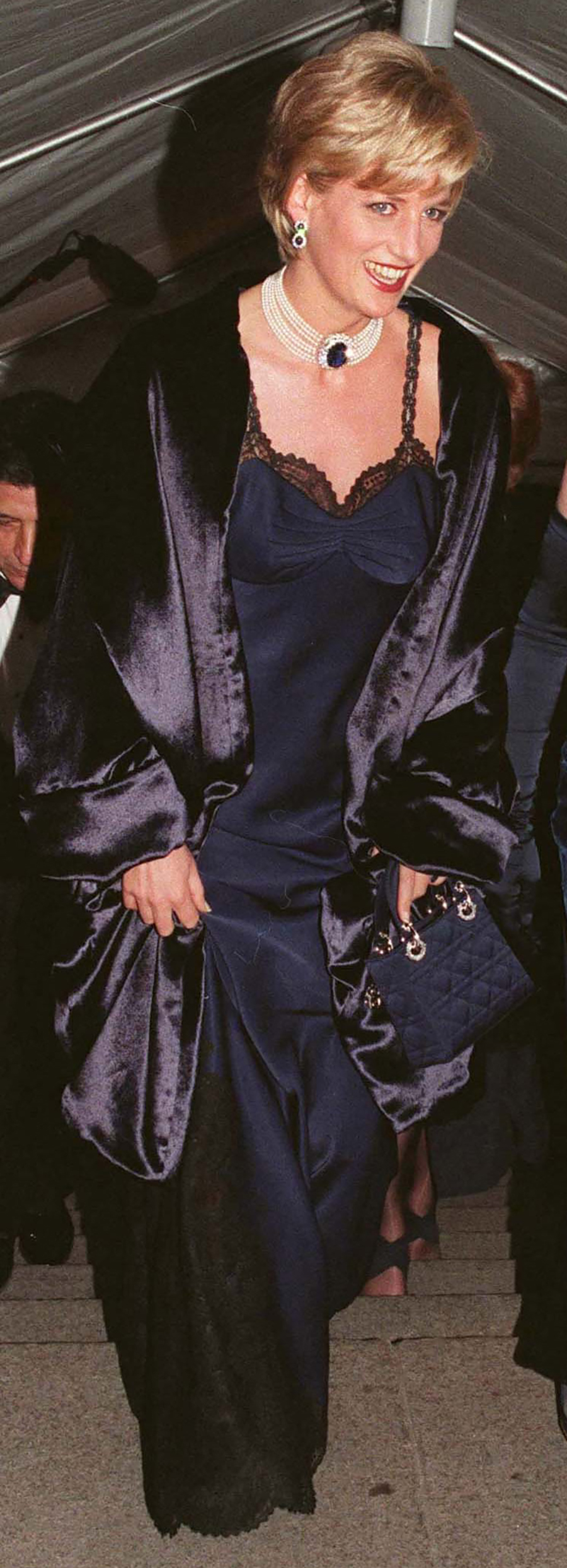
Soon after his disgrace, we learn, the designer was somehow able to pick up the phone and call (Jewish) Conde Nast chairman Jonathan Newhouse for support to open doors to the conversations with Jewish leaders that might help restore his reputation. Yet it would take him seven years – seven years! – to pick up the phone and arrange to personally apologize to his (Jewish) boss Toledano. Never mind the question of whether he has ever personally apologized to the victims of his tirades (On screen, Philippe Virgitti, one of several Galliano victims still palpably damaged by the worldwide attention of the scandal, which made him ill, says no).
He May Not be Sorry Enough
I followed the 2011 Galliano trial and fallout at the time as a national newspaper reporter and fashion critic, covering the case closely and writing about fashion’s long history of heinous attitudes and actions. For instance, and as is confronted and probed directly in the Second World War-era historical drama series The New Look, Coco Chanel not only collaborated with the Nazis but, through opportunistic greed, she also made use of Germany’s Aryan laws during the Occupation of France to wrest the perfume division of her fashion house back from her Jewish business partners.
Actress Charlize Theron, longtime face of J’Adore Dior perfume, makes no excuses for Galliano but, as the daughter of an alcoholic father in a home of domestic violence, suggests mercy and grace in light of Galliano’s alcoholism and substance abuse.
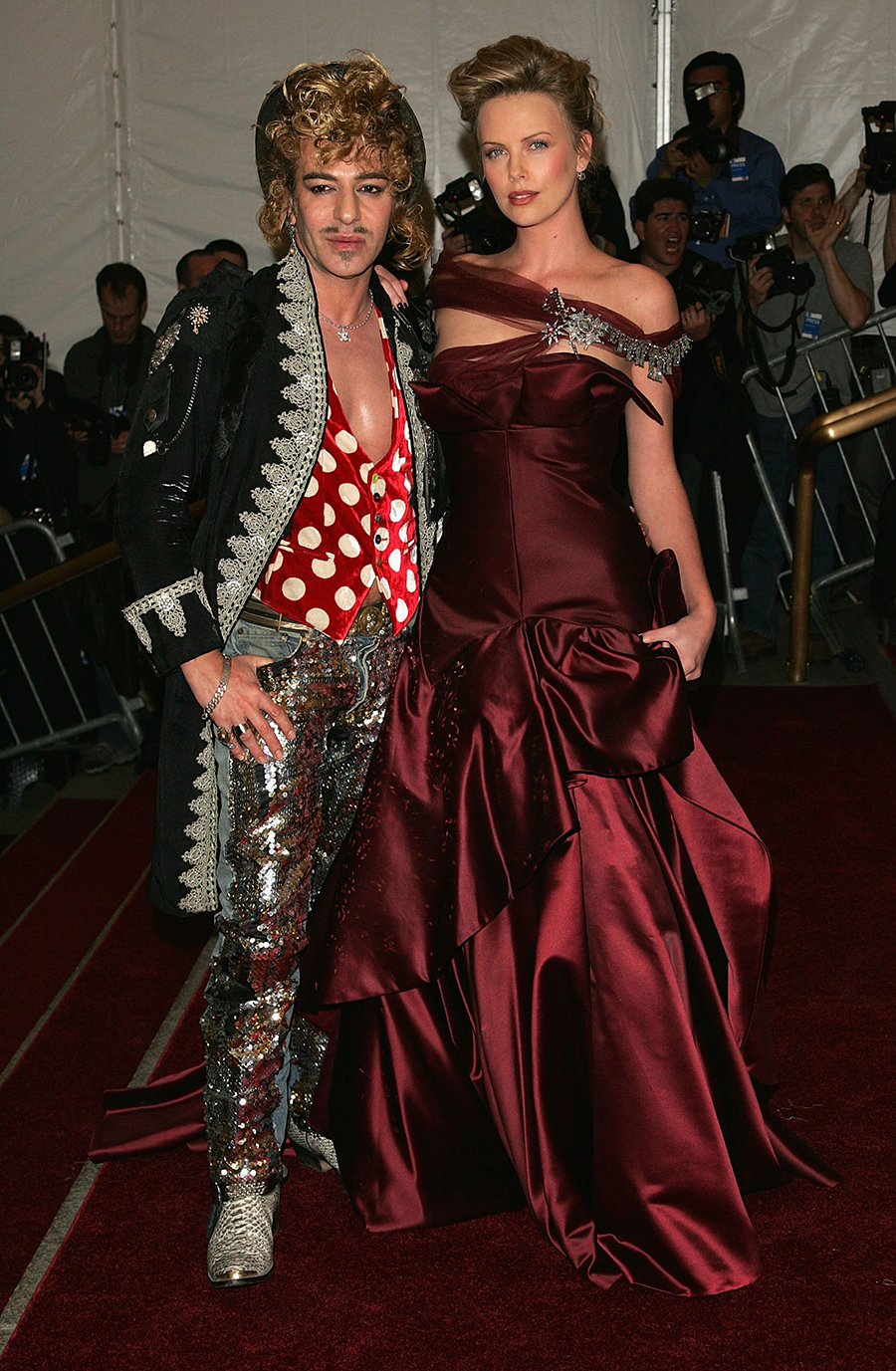
Still, it’s not just that Galliano’s outburst happened at La Perle café in the Marais, the city’s most famous Jewish neighbourhood (the symbolic and historical heart of Jewish life in Paris). Even before he was found guilty of “public insults based on origin, religion, race or ethnicity” after video proof of several instances of hurling racist and anti-Semitic rants, there were tales of him accosting other patrons with insults.
At his Dior zenith, Galliano would closely mine other ethnicities and cultures for literal translations on the runway and was repeatedly accused of insensitive cultural appropriation. After the scandal, he donned a look that recalled traditional Hasidic garb (barely two years after the infamous events), demonstrating that the designer continues to see only the surface, not the deeper substance or meaning of his actions.
Is It Time to Move On?
High & Low’s underlying question seems to be less about whether Galliano’s regret is sincere but if enough time and gestures in the vague direction of contrition are enough. After all, fashion seems to have welcomed Kanye West back into the fold with nary a blink, judging by his recent Paris Fashion Week ubiquity. At the time of filming, a dozen years of potential reflection had elapsed since Galliano was fired from Dior and found guilty of racist and anti-Semitic hate speech. Yet the designer still airily waffles, claiming no more than passing familiarity with the exact nature of his 2011 actions.
He speaks in the dissociative third person and feigns ignorance about the precise details of what was easily the single most significant event of his life and career.
Personally, I’m with Thomas’s review on this: it beggars belief.
High & Low: John Galliano is screening on Tuesday, March 26 and Thursday, March 28 at Toronto’s Hot Docs Ted Rogers Cinema. Visit the Hot Docs website for showtimes.
RELATED:
The Crown: Season 5 Ushers in Diana, Princess of Wales and the Fine Art of Revenge Dressing
Fashion Photographer Steven Meisel’s New Book Highlights Iconic Shoots With Linda Evangelista